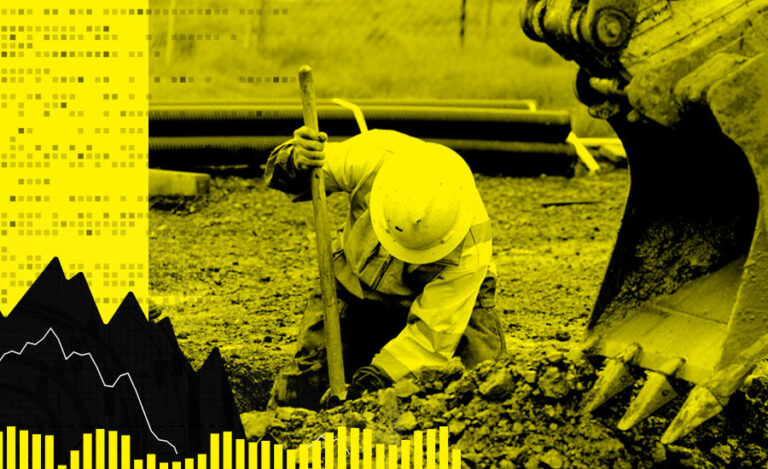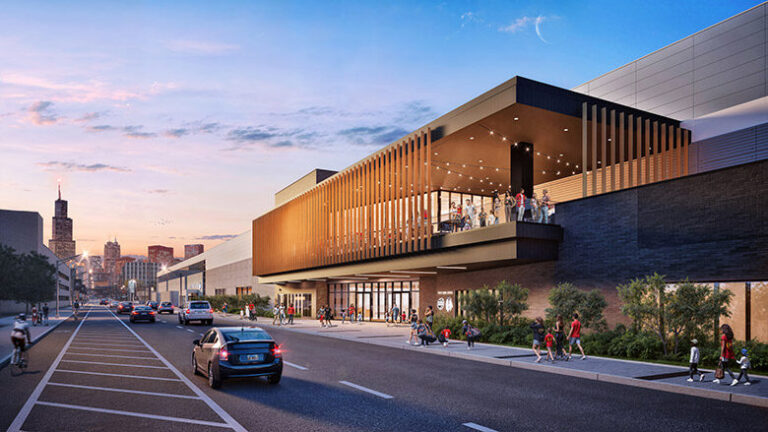Seeking Standards for Microbial Loads in Healthcare Facilities
Why is there no binding standard for the acceptable microbial load on surfaces or in the air in hospitals? Creating a fully effective infection prevention and control (IPC) program involves partnerships among key personnel in healthcare facilities departments and entities. These personnel have expertise and roles that can directly benefit the program if their work…







